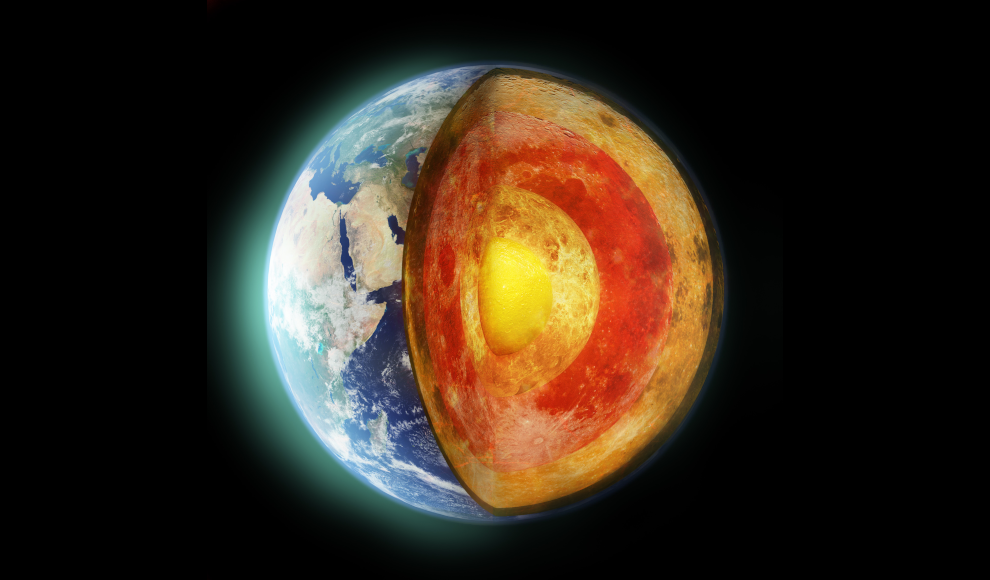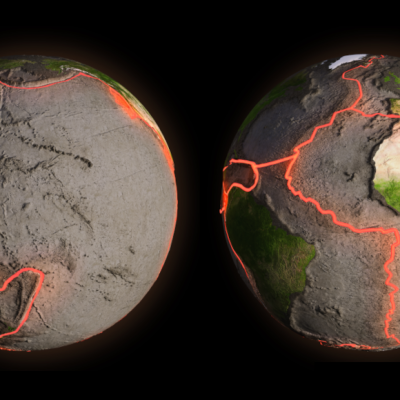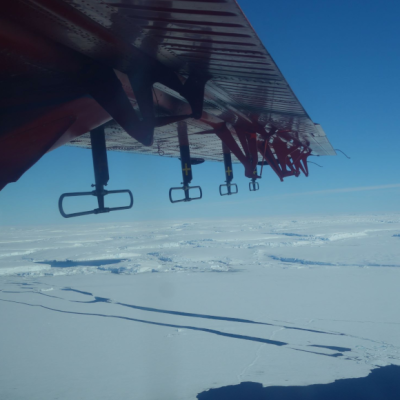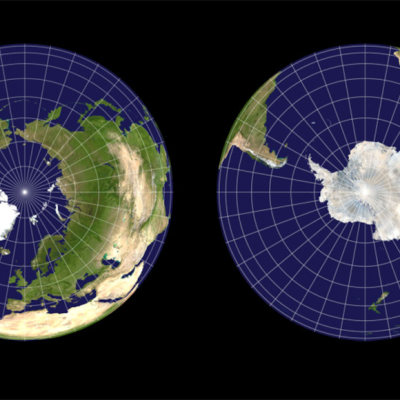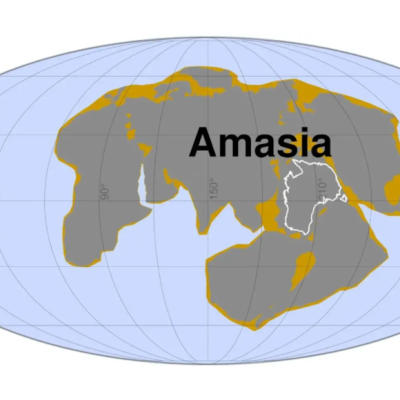New ultrahigh-precision measurements have revealed that convection in the Earth’s mantle occurs in two separate layers. This means that the lower mantle could contain ancient material from the early stages of Earth’s formation that has remained largely unchanged for 4.5 billion years. The Earth is the only planet in the solar system with plate tectonics, which refers to the dynamic movement of tectonic plates on the Earth’s crust caused by mantle convection. This process transports heat from the inner core to the surface of the planet and is crucial for shaping the Earth’s geology and climate. Until now, it was assumed that mantle convection occurred throughout the mantle, but researchers from the University of Copenhagen have published a study in the journal Nature suggesting that this form of plate tectonics occurred much later in the Earth’s geological history.
According to the study, during most of the Earth’s history, mantle convection was divided into two separate layers, namely upper and lower mantle regions that were isolated from each other. At a depth of approximately 660 kilometers, certain minerals undergo a phase transition at the boundary between the upper and lower mantle. The authors of the study believe that this phase transition isolated the upper and lower mantle regions from each other. The researchers used a new ultrahigh-precision measurement method of the isotopic composition of the element titanium in various rocks to reconstruct the composition of mantle rock over the last 3.8 billion years. If the mixing of tectonic plates only occurred in the upper mantle, this means that the lower mantle could still contain ancient material from the early stages of Earth’s formation.
The study’s findings are exciting because they offer a window into the original composition of our planet and may help identify the source of the volatile substances necessary for the development of life. The researchers’ use of titanium isotopes provides a robust way to identify which modern deep-sea volcanoes represent the Earth’s primary mantle. This is significant because it allows us to identify the source of the volatile substances necessary for the development of life. The study’s authors hope that their findings will lead to a better understanding of the Earth’s geological and climatic history.


